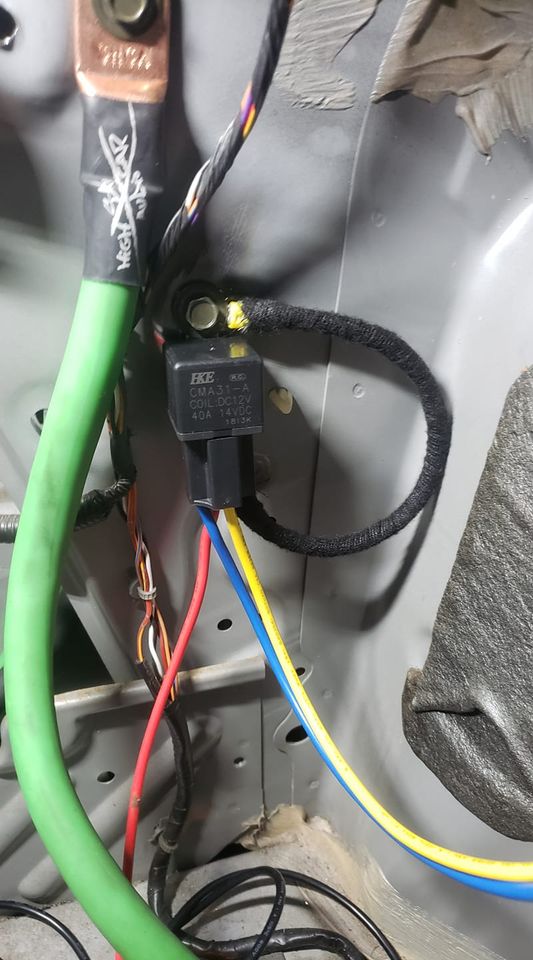Last Updated: 04/03/2021 @ 01:35 pm
Community Member Credit: JIME
Not sure if this has been visited before but my Son recently brought it to my attention when we were discussing running a 200 shot of spray. He suggested that I use his nitrous test kit to ensure the fuel pressure remained constant when running a 200 fuel jet. So after a few minutes I soon found out that my 190 Walbro dropped to 30 psi, not good. He then mentioned that a lot pf VW and DSM guys rewired their fuel pump with a higher gauge wire to maintain a higher voltage. I measured the voltage at the pump with the engine running and found it to be just over 12v. I then ran a heavy gauge wire from the battery and conected it to the pump wire at the pump, the voltage went up to almost 14 and the fuel pressure went up by almost 10 psi.
So it was off to the store to buy some heavier wire. I decided on 10 gauge rather than something heavier because of the difficulty soldering heavier wire as well as routing. The stock wire at the pump is 14 gauge but if you strip the wire back a couple of feet you will find it increases to 12 gauge.
The easiest way is to run the heavier gauge wire directly from the battery with a fuse and use a relay to connect to the pump. Use the original pump supply wire to fire the relay and use the larger wire on the N.O contacts to run the pump.
Auto Performance has a couple of charts comparing 12v vs 13.8v and their corresponding flow rates and current draw.. Pretty impressive comparison. eg For my pump at 50 psi the flow rate increases from 36 to 46 gal/hr while the current draw remains the same.
I would suggest an adjustable FPR to compensate for the increased pressure.
A 255 pump was installed because even with the increased voltage the 190 pump would not handle a 200 shot. After installing the new pump my pressure increased to over 80 psi and took a lot of adjustment to bring it back into the 50 psi range.

![]()




Comments are closed.